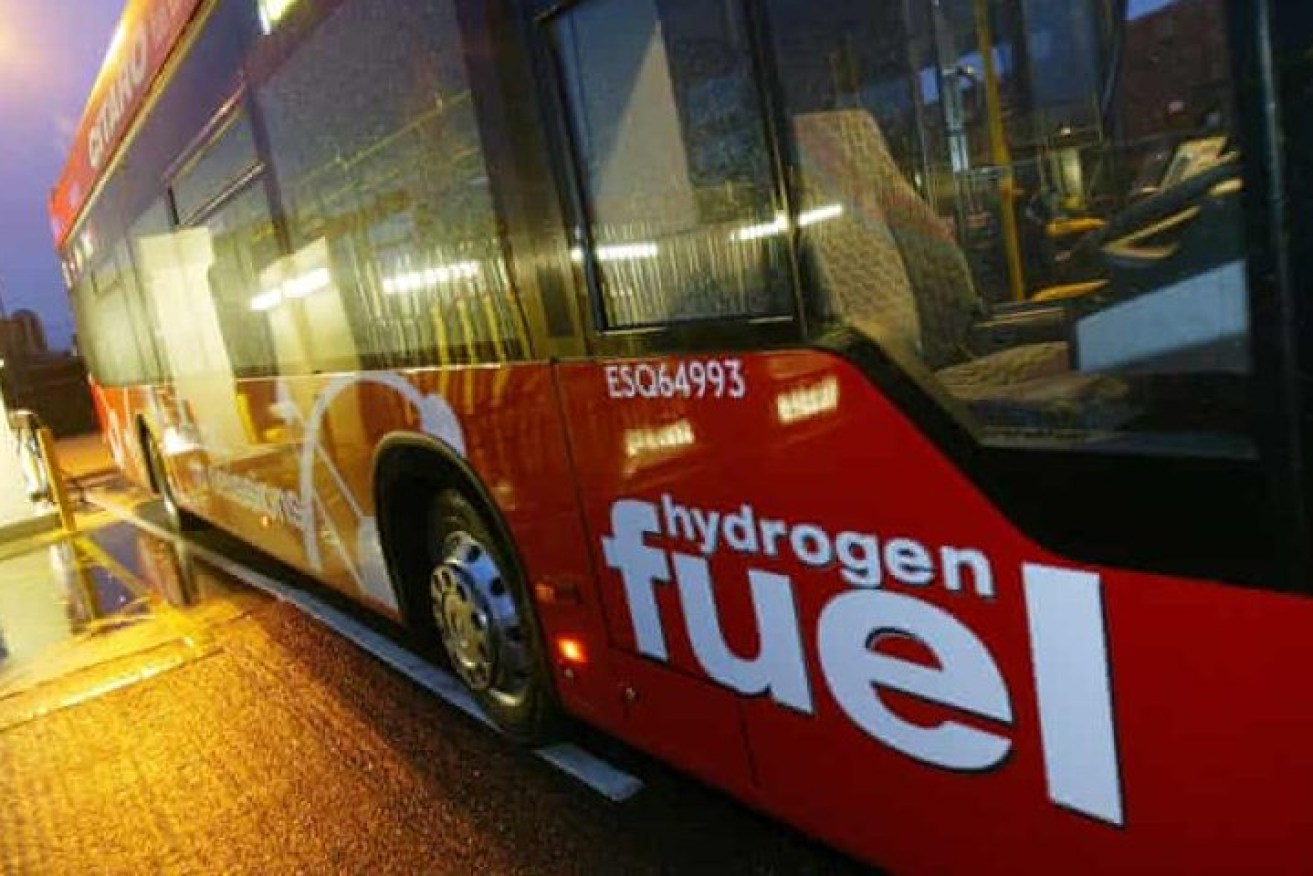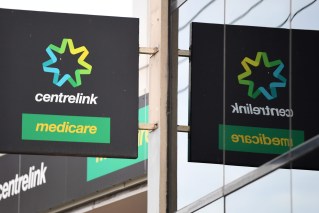Resources sector raises doubts over ‘green’ hydrogen
The Queensland resources sector is in a bind. According to a new report the sector is increasingly looking towards hydrogen as a fuel source and potential export industry, but it has serious doubts about the favoured contender.


HESTA has plunged $100m into a hydrogen deal with ReNu
According to a report from the Queensland Resources Council, what colour the hydrogen takes was still in doubt. It has questions about the State Government’s preferred “green” hydrogen, created from water and using renewable energy in its production.
Those doubts point to studies showing the need for massive land use to support the renewable energy sector, as well as the potential community conflicts over water use.
The questions over land use are well known. Deloitte found that its most favourable scenario for green hydrogen growth, Australia would require around 60,000 square kilometres of wind farms and almost 10,000 square kilometres of solar farms to power its electrolysers.
That’s an area a little over four times the size of greater Brisbane, or roughly the size of Tasmania, the QRC report said.
Supporters point to the obvious: Australia has a lot of open space.
QRC chief executive Ian Macfarlane said more than two-thirds of the Queensland resource sector’s chief executives surveyed in its state of the sector report said they were thinking about hydrogen-related opportunities and 10 per cent were already committed to projects involving hydrogen.
“In a clear sign hydrogen will play a role in Queensland’s response to the global challenge of climate change, 33 per cent of CEOs believe hydrogen will provide an opportunity to reduce emissions in their own business and a further 33 per cent see hydrogen as an opportunity for growth.”
The report said the potential uses of hydrogen were clear, but the timeline was uncertain and it would depend on the colour of the hydrogen. At the moment there is green hydrogen, backed by the State Government and in demand from Japan and South Korea.
There is also grey hydrogen, which uses fossil fuels as a feedstock and is the most commonly used hydrogen now.
Blue hydrogen uses gas but sequesters the CO2 created and brown hydrogen is from coal gasification.
Green hydrogen is held back by its costs which make it two or three times more expensive than grey hydrogen but those costs are expected to fall to be line with fossil fuels by 2040.
“Regardless of the colours of the hydrogen growth path, it’s clear Queensland has an opportunity to cement itself as a global energy superpower. More than one-third of member CEOs agree Queensland is well-positioned to capitalise on an emerging hydrogen sector —with only 8 per cent disagreeing,” the report said.
The Queensland Government has labelled hydrogen as “the next LNG industry for Queensland”, predicting hydrogen exports could be worth about $1.7 billion a year by 2030.
That would put hydrogen at just under half the value of Queensland’s thermal coal exports last year, about 15 per cent of Queensland’s LNG exports, or about twice the value of Queensland’s fruit and vegetable exports.
But Queensland resource sector chief executives were also aware of the impact green hydrogen would have on the community, the report said.
“Costs aside, member CEOs know that green hydrogen will also have to win the support and acceptance of the community,’’ the report said.
“In a 2019 submission, global professional services firm GHD said ‘there is likely to be substantial community concern regarding water security for the environment, human use, and agriculture if plants are proposed in inland regions to produce hydrogen by electrolysis, particularly given the current drought and climate change projections’.
“Land use conflicts may also need to be managed,’’ the QRC said.












